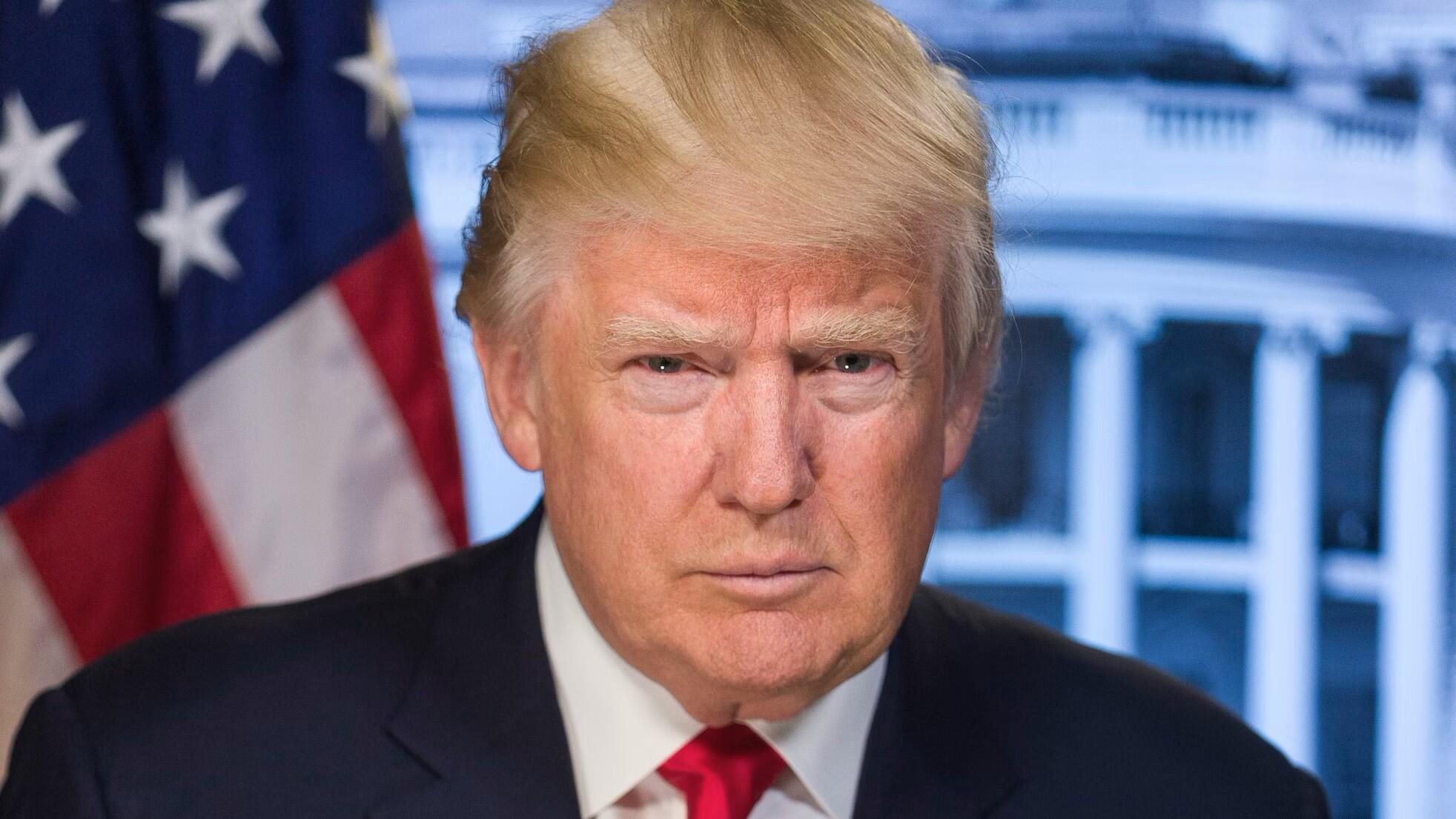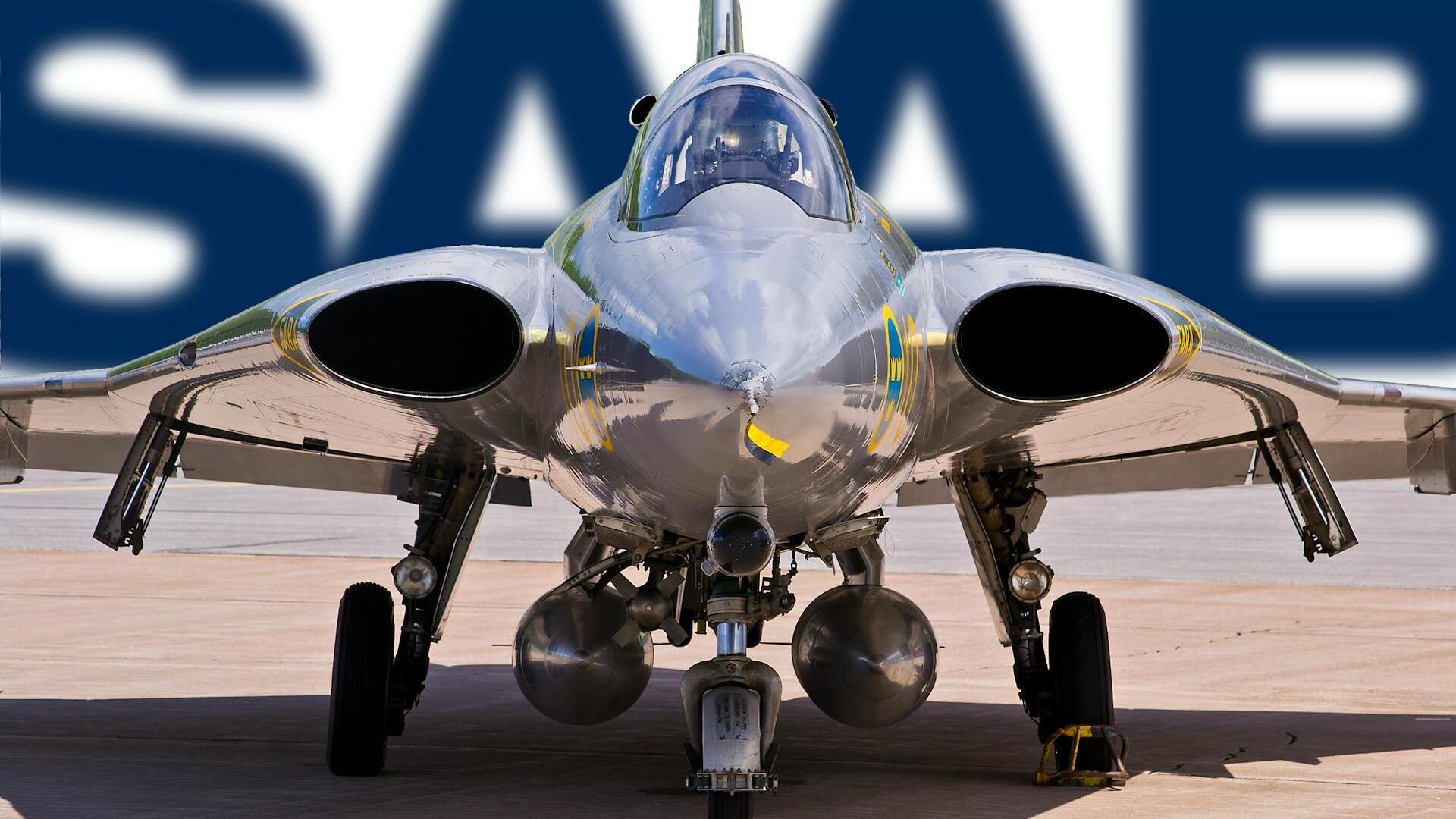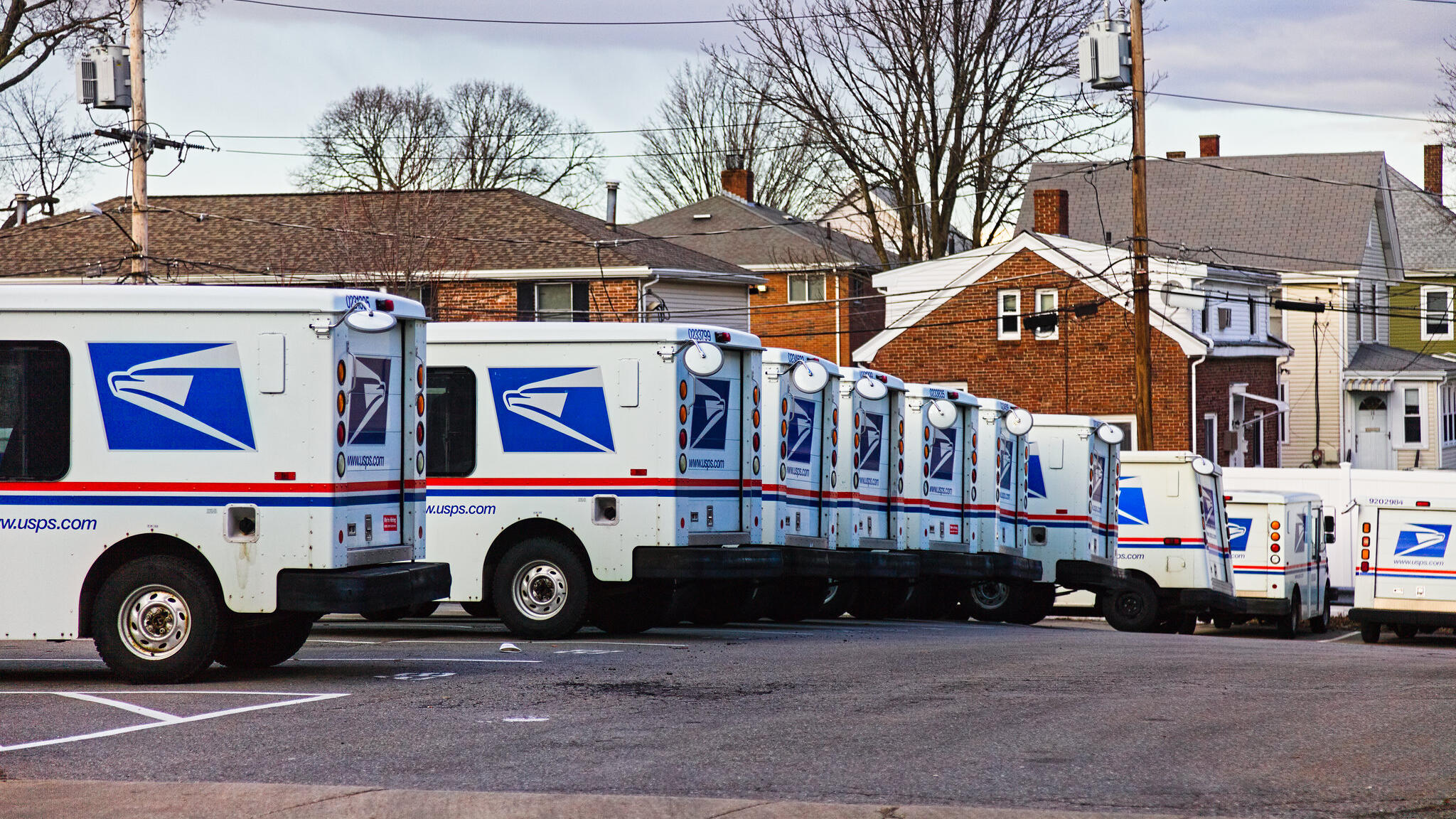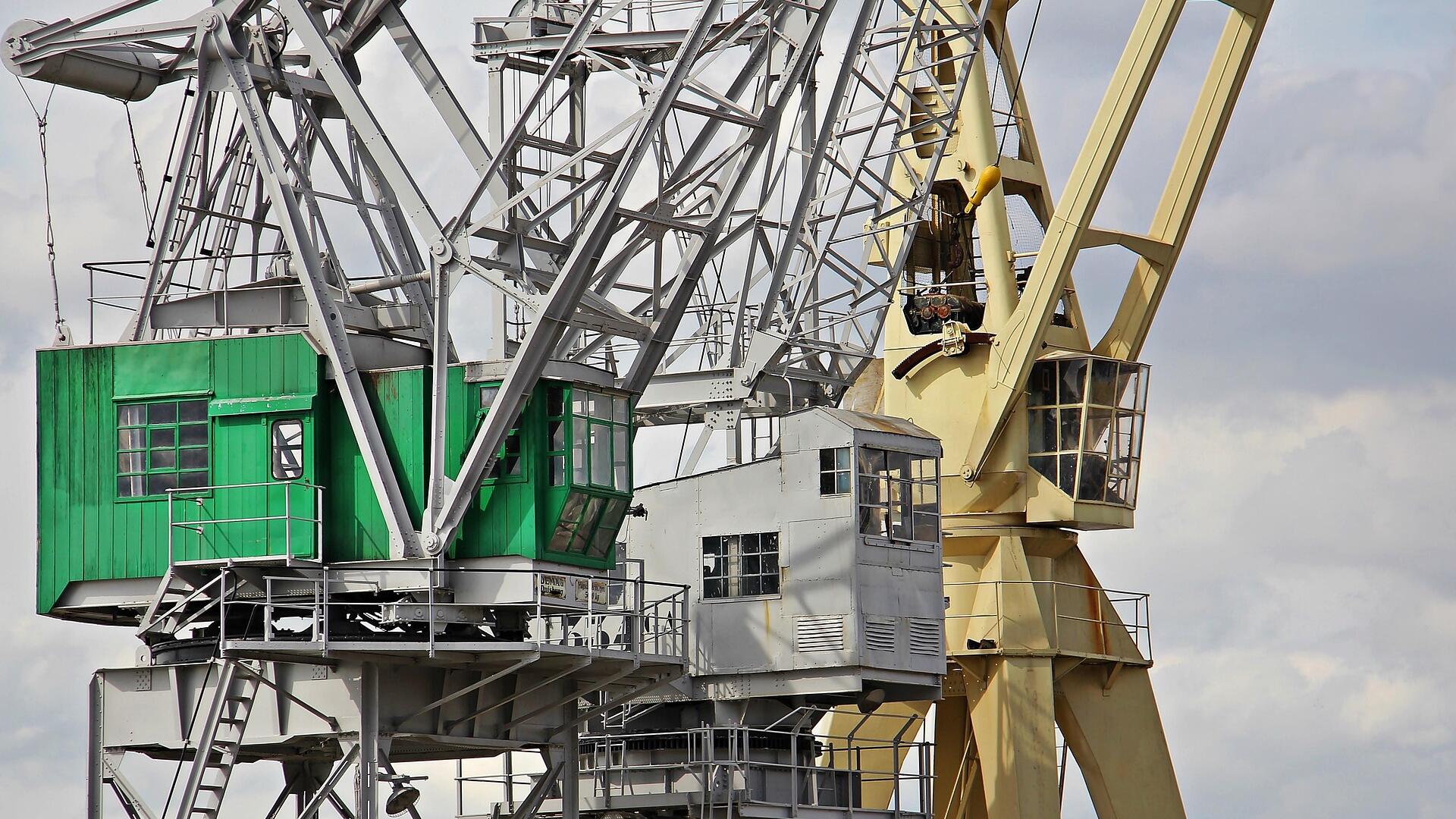
Hanwha Ocean, Huntington Ingalls rise on ship plans

The share prices of ship builders Hanwha Ocean Co and Huntington Ingalls Industries rose after United States President Donald Trump announced plans for new battleships. Hanwha Ocean (KRX: 042660) shares closed 13,700 South Korean won (SKW) or 12.49% higher at 123,400 SKW, capitalising the South Korean company at 37.81 trillion SKW (US$25.71 billion), on Tuesday. The rise was more modest for Huntington Ingalls (NYSE: HII), which finished up US$1.00 (0.28%) on Tuesday at $354.52, implying a market value of US$13.91 billion. Earlier, Trump said the South Korean company would build frigates for the U.S. Navy. "Last week, the Navy announced a brand new class of frigate and they're going to be working with the South Korean company Hanwha," Trump was quoted in a Reuters story as saying at a press conference. Military shipbuilder Huntington Ingalls rose after Trump announced plans for a new "Trump class" of battleships, which he said would be larger, faster and "100 times more powerful" than any previously built. Last week, the U.S. Navy announced the FF(X) class smaller combatant ships to complement larger, multi-mission warships and enhance operational flexibility around the globe.



